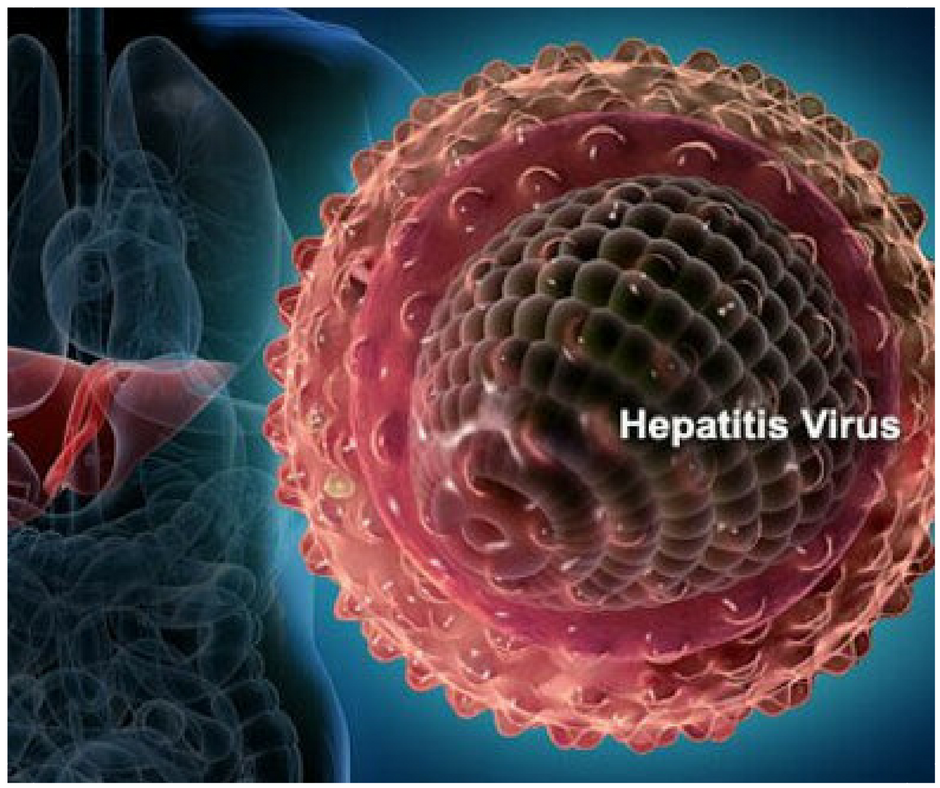How Infections Spread Through the Healthcare Facility
In a healthcare facility, infections can spread from almost anywhere. As incredible as that sounds, it is true. Take a look at a typical healthcare environment: there are many surfaces that multiple people – staff, patients, and visitors – all touch numerous times. Elevator buttons,...









